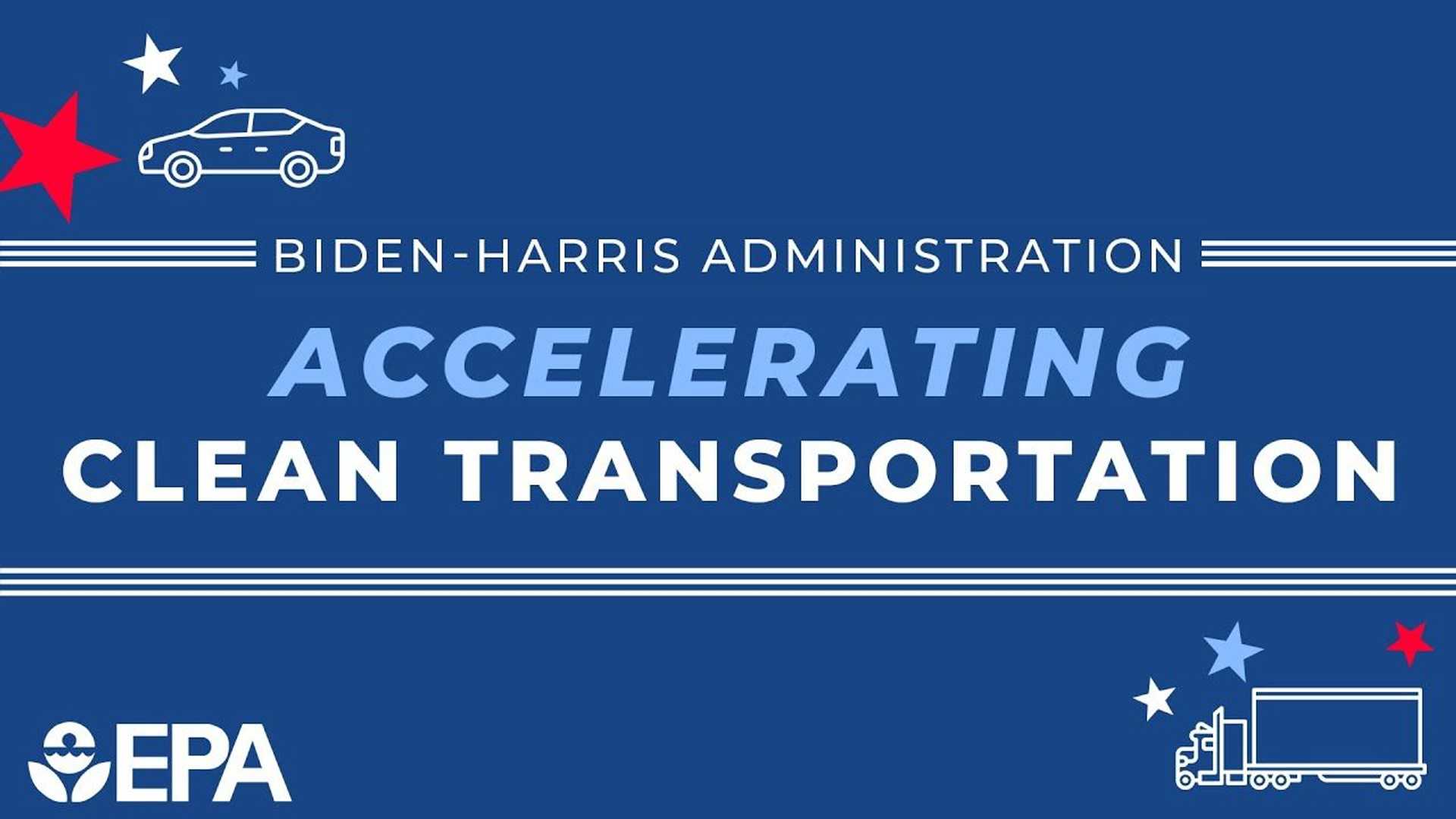
As we previously reported, the US Environmental Protection Agency (EPA) is about to launch key gas car regulations that could promote EV adoption and save Americans money. The organization will hold a press conference related to the new standards today, April 12, 2023, at 11:00 AM in Detroit, Michigan.
The EPA shared the following related to the video above:
“EPA Administrator Michael S. Regan will formally announce new actions the Biden-Harris Administration will take to accelerate the transition to a clean-transportation future, lower consumer costs, and protect public health.”
Regan shared that the Biden-Harris Administration has promised its constituents it will protect them, which means working to protect our planet. Ensuring that we rid our air of harmful pollutants and do what it takes to slow climate change is necessary, and must happen as soon as possible. Fortunately, by following through with the latter, the US government can also help US families financially.
The new standards aim to be some of the most stringent ever announced by the EPA in order to limit tailpipe pollution more than ever before. The upcoming emissions regulations will be put into place from 2027 through 2032. The EPA expects such measures to reduce emissions by a minimum of 40% by 2030 and save car owners $12,000 over the course of ownership, so long as they own a car that complies with the new rules.
Under the new plan, electric cars, trucks, and SUVs could comprise some 67% of all new light-duty passenger vehicle sales in the US by 2032. Moreover, sales of medium-duty EVs could climb to an impressive 46% of all vehicles sold on our shores by 2032.
The new standards are set up to increase as time goes on. This is to say that with every passing year, the emissions targets will become stricter. The end goal is to reach a US fleetwide average of 82 grams per mile of carbon dioxide for 2032 model-year vehicles. The latter average applies to light-duty cars. The target for medium-duty vehicles is set at 275 grams by 2032.
For comparison, the current rules are set at a fleetwide goal of 161 grams of carbon dioxide per mile by the 2026 model year. This cap applies to a combination of both light- and medium-duty vehicles. According to the EPA, the new standards could work to decrease emissions by as much as 56% compared to the existing standards.
It’s important to note that the new EPA emissions standards do not have a specific EV requirement, and they don’t ban gas-powered vehicles. Instead, automakers can meet the mandates with whichever vehicles they see fit.
That said, the standards will almost certainly boost EV production and sales since manufacturers will likely need to sell an increasing number of electric cars in order to comply with the standards. Many automakers have already invested heavily in fully electric cars, so it simply makes sense that they’ll continue on that path.
The new EPA rules, labeled by the organization as Phase 3, also include guidance for heavy-duty vehicles. This means that there will be stricter emissions regulations put into place for school buses, delivery trucks, construction-related vehicles, etc. The goal is for 50% of new buses and 25% of new heavy truck sales to be fully electric by 2032.
If all goes as planned, the US could save trillions of dollars on fuel costs and health care. This, all while eliminating around 10 billion tons of emissions. As a result of the new mandates, at least 50% of all new vehicles sold in the US by 2030 should be zero-emission vehicles, though the number stands to be as much as 10% higher. In 2022, only 6% of new US vehicle sales were fully electric cars.
Finally, the EPA is also working to set specific rules about minimum warranties for electric car batteries, as well as making built-in battery health monitors required in new cars. The EPA stated:
“Recognizing that electrified vehicles are playing an increasing role in automakers’ compliance strategies, that their durability and reliability are important to achieving the emissions reductions projected by this proposed program, and that emissions credit calculations are based on mileage over a vehicle’s full useful life, EPA is proposing new battery durability requirements for light-duty and medium-duty BEVs and PHEVs. In addition, the agency is proposing revised regulations which would include BEV and PHEV batteries and associated electric powertrain components under existing emission warranty provisions.”
There is a wealth of information available from the EPA at the source links provided below. However, the most comprehensive summary of the new guidelines is expected to come during the upcoming press conference. Be sure to tune in to the video at the top of the page for all the most pertinent details.
These proposed changes are not yet final, which means that there will likely be many modifications over the coming weeks and months before heading to a final approval stage.

